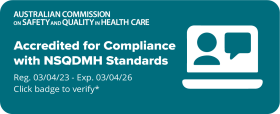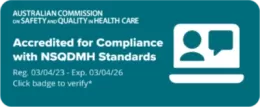StigmaWatch report received: November 2018
Issue: An article was published on a popular online news site, describing in graphic detail, a self-harm incident of an Australian teenager overseas. Images were also included which depicted the location, meaning that the risk of copycat self-harm attempts was heightened. The publication also shared the story on their social media pages with the self-harm method included in the headline.
Result: StigmaWatch contacted the news outlet and recommended that the details surrounding the self-harm incident should be removed from the article. The recommendation was also made to not share the article on their social media channels.
Why it mattered? Publishing details of self-harm is highly problematic and detailed descriptions of methods should be minimised. Explicit descriptions of self-harm have been linked to copycat behaviour and methods of self-harm are often similar or the same as methods of suicide.
Self-harm and suicide are distinct and separate acts although some people who self-harm are at an increased risk of suicide. Therefore, the media must ensure that they adhere to the Mindframe Guidelines when writing about self-harm incidents, in the same way they do when covering stories about mental illness and suicide.








